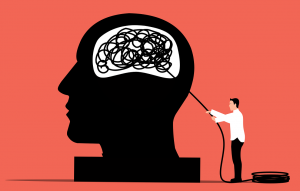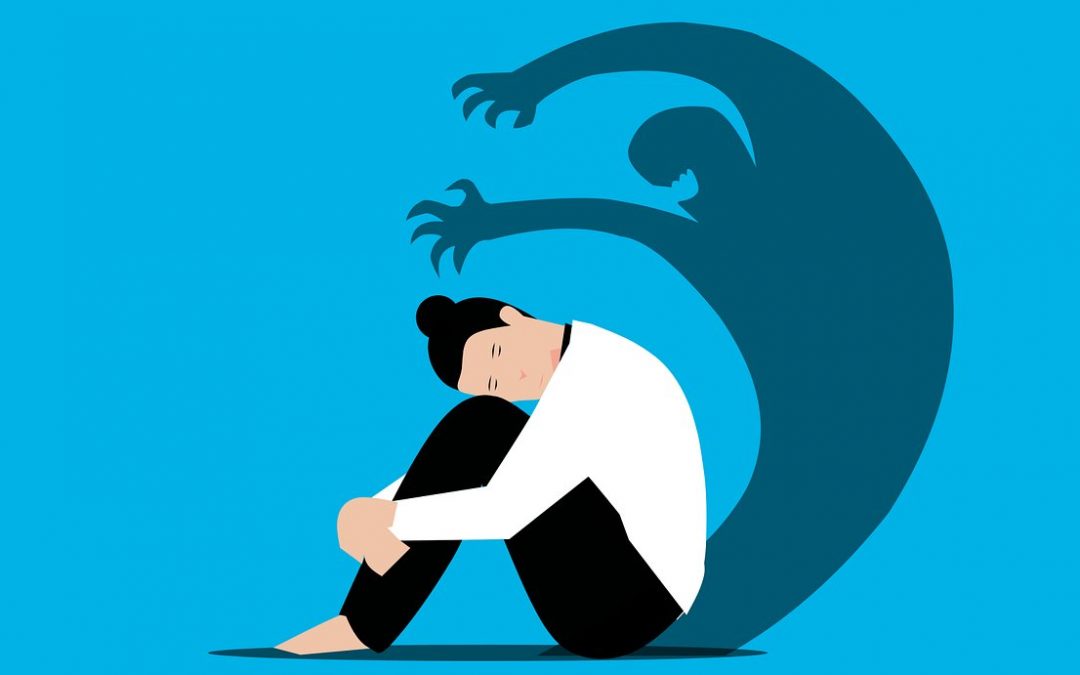*Content warning: Post contains discussion of suicide, self-harm, and suicidal thoughts*
*****
Resources:
- In an emergency situation call 911 (or your local emergency number) right away or go to your local emergency department.
- International Suicide Hotlines can be found here: https://www.opencounseling.com/suicide-hotlines
- Canada Suicide Prevention Service: 833-456-4566 (available 24/7/365)
BC specific resources:
- BC Suicide Line: 1-800-784-2433
- Mental Health Support Line: 310-6789 (This number will connect you to your local BC crisis line without a wait or busy signal, 24 hours a day)
- Vancouver Island Crisis Line: 1-888-494-3888
Indigenous specific resources:
- KUU-US Crisis Line: 1-800-588-8717 (a toll-free 24-hour crisis line for Indigenous people)
- Native Youth Crisis Hotline: 1-877-209-1266 (available 24/7 throughout Canada and the US)
- Hope for Wellness Help Line: 1-855-242-3310 (a toll-free 24/7 crisis line for Indigenous people across Canada) or connect to the online chat at www.hopeforwellness.ca
LQBTQIA2S+ specific resources:
- THRIVE Lifeline: For persons age 18 or older to chat with a qualified LGBTQIA+ crisis responder by texting ‘oSTEM’ to 1-313-662-8209 (available from anywhere 24/7/365)
- Trans Lifeline: 1-877-330-6366 (24/7 hotline staffed by transgender people for transgender people in crisis)
- SAGE LGBT Elder Hotline: 1-877-360-5428 (available 24/7 toll-free)
Student specific resources:
- UVic SupportConnect: 1-844-773-1427 (toll free calls from North America), 1-250-999-7621 (international collect calls), and also available online at https://studentlife.mylifeexpert.com/login/victoria (this service is available 24/7)
- Wellness centre resources: https://www.uvic.ca/student-wellness/wellness-resources/mental-health/index.php#ipn-mental-health
- Here2Talk: 1-877-857-3397 (a 24-hour phone and chat counselling support for B.C. post-secondary students)
*****
9 years, 3 months, and 11 days.
That’s how long since my last suicide attempt. I was an undergraduate at the time, and while my memories of that day are pretty hazy I do strongly remember the feelings. I remembered how much I was hurt and overwhelmed, how scared and alone I felt, and how my brain was telling me everyone would be better off without me. I will forever be thankful for my friend who called for help for me that day when I wouldn’t, me sending a message to her and her taking me seriously may be the only reason I am writing this post. Talking about my suicidal thoughts probably saved my life that day, so why does society seem scared of talking about suicide? Why is saying you are or have been suicidal still a taboo?
According to a research paper which analyzed a survey of Canadian post-secondary students in 2019, around 15% of students reported having considered suicide, with 3% having attempted suicide. All of these percentages showed significant increases compared to 2013 and 2016 data, showing these numbers are trending upwards. To put these figures into perspective if you sit in your classroom of 100 students and look around, you could expect around 15 of them to have considered suicide and around 3 people to have attempted it. That is a significant amount of our student community that have struggled with suicide or suicidal thoughts.
 Suicide and related thoughts can be affected by many factors, mental illness being one, but issues such as relationship problems, financial stress, and housing concerns can also contribute to these feelings. A lot of these issues and stresses can be part of student life, so it is easy to see how these things can build up and leave people feeling overwhelmed. Suicidal thoughts can be linked to when our pain exceeds our resources. So why don’t we talk about it more? Sociology professor Bernice Pescosolido who studies suicide and the stigma of mental illness says “People worry about talking about [suicide] because it provides people with a script”. However she goes on to add that when people talk about struggling with mental illness of suicidal thoughts it helps others known they are not alone and reduces the stigma. That’s why I wanted to start with my story, you are not alone.
Suicide and related thoughts can be affected by many factors, mental illness being one, but issues such as relationship problems, financial stress, and housing concerns can also contribute to these feelings. A lot of these issues and stresses can be part of student life, so it is easy to see how these things can build up and leave people feeling overwhelmed. Suicidal thoughts can be linked to when our pain exceeds our resources. So why don’t we talk about it more? Sociology professor Bernice Pescosolido who studies suicide and the stigma of mental illness says “People worry about talking about [suicide] because it provides people with a script”. However she goes on to add that when people talk about struggling with mental illness of suicidal thoughts it helps others known they are not alone and reduces the stigma. That’s why I wanted to start with my story, you are not alone.
It’s important to recognize that there is a big difference between not wanting to live and wanting to die. On the bad days I still think that I don’t want to live, but it’s been over 9 years since I actively wanted to die. This links to the difference between passive suicidal ideation and active suicidal ideation. Passive suicidal ideation is when someone has thoughts of suicide or self-harm but no plan to carry it out, whereas active suicidal ideation is when you have developed plans to carry it out. These suicidal ideations exist on a spectrum, and people can be scared to talk about it when they are at the passive end as it is can be highly stigmatized. However, the sooner someone reaches out the sooner they can get help, and there can be intervention before they reach a crisis point.
So what can you do to reduce stigma? The strongest way is to make sure we are more comfortable as a society talking about suicide. You should also be aware and curious of your friends, including what thoughts, feeling, and actions may suggest they are feeling suicidal. Some of the most common suicide warning signs includes:
should also be aware and curious of your friends, including what thoughts, feeling, and actions may suggest they are feeling suicidal. Some of the most common suicide warning signs includes:
- Being depressed or having mood swings, that may be followed by a sudden calmness
- Withdrawing from others and social activities
- Changes in personality, appearance, and sleep pattern
- Showing dangerous or harmful behavior
- Experiencing recent trauma or crisis
- Talks bout feeling hopeless or in despair
- Putting their personal business in order
Sometimes there will be no indicators, people can become so good at hiding their feelings that no one may be able to tell. We should look out for these signs, but we still need to take it seriously if someone who is showing no signs tells us they are feeling suicidal. It is important if someone tells us they are feeling suicidal that we take them seriously. People need to be heard and not criticized for sharing their feelings. They want to know you are there, for you to listen without judgement, and then you can reassure them and connect them to help. Its also important to reach out if you notice a change in behavior in someone you know. it can be as simple as saying “I noticed [behavior], and I need to ask, are you thinking of suicide?”. Asking that question can open the door to someone to share their feelings with you, and it is important you listen to them, give them your complete attention, and acknowledge their feelings with compassion. From there you can help signpost the person to support or pass the conversation to someone else, depending on your and the persons needs and how best to keep them safe. Be There offers further information and support on how to recognize when someone is struggling, safely support them, and maintain your own mental health.
So what happened to me? I am a PhD student now, I take medication to support my health, and I have an amazing support network. I still have bad days with my mental health, but I have resource I can use, actions I can take, and people I can speak to. While I can’t predict the future, I can say I am more aware and in control of my mental wellness than I have been, and I now feel comfortable talking about my experiences, because we all need to know we are not alone.
Remember, there is a list of resources for people in crisis at the top of this blog post.
Let’s keep talking about mental health together <3
The views expressed in this blog are my own, and do not necessarily reflect the policies or views of the University of Victoria. I monitor posts and comments to ensure all content complies with the University of Victoria Guidelines on Blogging.
